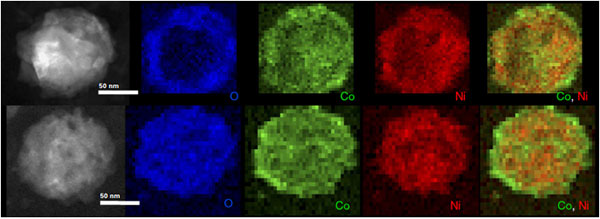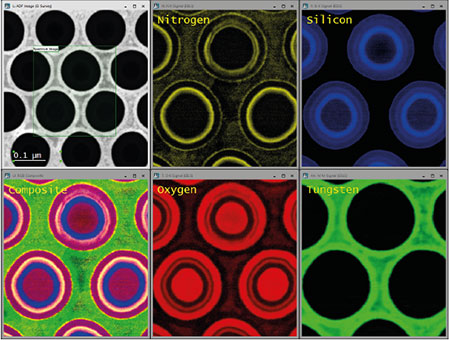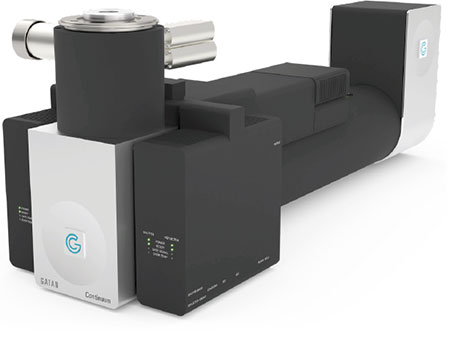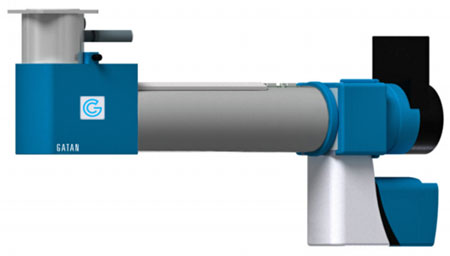Characterising Material Dynamics with In-Situ EELS (Electron Energy-Loss Spectroscopy)
How to use Electron Energy-Loss Spectroscopy (EELS) to study changes in nanoscale composition and the electronic structure of materials. This can be performed in-situ in a Transmission Electron Microscope (TEM), so you can observe changes in materials and in an environment similar to their working state.
Learn more in a webinar on Wednesday 27th March 2019 at 4pm CET (details below).
Blue Scientific is the official Nordic distributor for Gatan in the Nordic region (Denmark, Finland, Norway, Sweden, Iceland). For more information or quotes, please get in touch.
Register for the webinar
Gatan instruments
Contact us on +44 (0)1223 422 269 or info@blue-scientific.com
Follow @blue_scientificIn-Situ Microscopy
With in-situ microscopy you can expose samples to a range of stimuli including heat, cold, light, electric fields, magnetic fields, gas and liquids, which can trigger phase transformations.
This can reveal vital information about reaction pathways and transient intermediates, that might not be otherwise apparent. In the technology industry in particular, the structure and composition of materials can be studied under conditions closer to their working state.

Characterising Material Dynamics at the Nanoscale
With EELS you can detect and quantify changes in composition and bonding with a spatial resolution down to 0.1 nm. This technique uses sub-nanometer electron probes from Scanning Transmission Electron Microscopy (STEM).
With in-situ STEM EELS you can study:
- In situ reductions
- Vacancy ordering
- Gas-solid interactions
And there are further approaches too:
- Near surface regions can be studied with aloof beam EELS. This is especially useful for systems susceptible to electron beam damage.
- Experiments in gases and liquids – Study compositional changes in the surrounding gas or liquid phase.
- Electrochemistry – Characterise catalysts and electrolyte changes (known as the operando approach).
- Vibrational EELS is a growing area for new characterisation possibilities, with the development of advanced monochromators.

structure. 424 x 460 pixels. Recording time 140 seconds.
Webinar
Find out more in Gatan’s 1 hour webinar on Wednesday 27th March 2019 at 4pm CET.
The webinar will discuss how to use both core-loss and low-loss EELS for in-situ materials characterisation. It will be presented by Peter A. Crozier PhD, a Professor from Arizona State University.
Register for the webinar on Gatan’s website and you’ll receive a link to attend:
EELS Systems for TEM

Gatan GIF Continuum
- Next generation EELS and EFTEM system for TEM .
- Suitable for the latest, emerging techniques such as in-situ EELS, energy-filtered 4D STEM and momentum-resolved EELS.
- Capture in-situ videos.
- Correlate stimulus to data in real time.

Gatan GIF Quantum IS
- Direct detection camera for energy-filtered imaging and spectroscopy.
- Elucidating contrast modes for in-situ experiments.
- Capture fast in-situ events with sub-millisecond temporal resolution.
- Save frames as images at full detector speed and resolution.
More Information
Blue Scientific is the official Nordic distributor of Gatan’s systems for electron microscopes. We’re available to answer all your questions – just get in touch:


